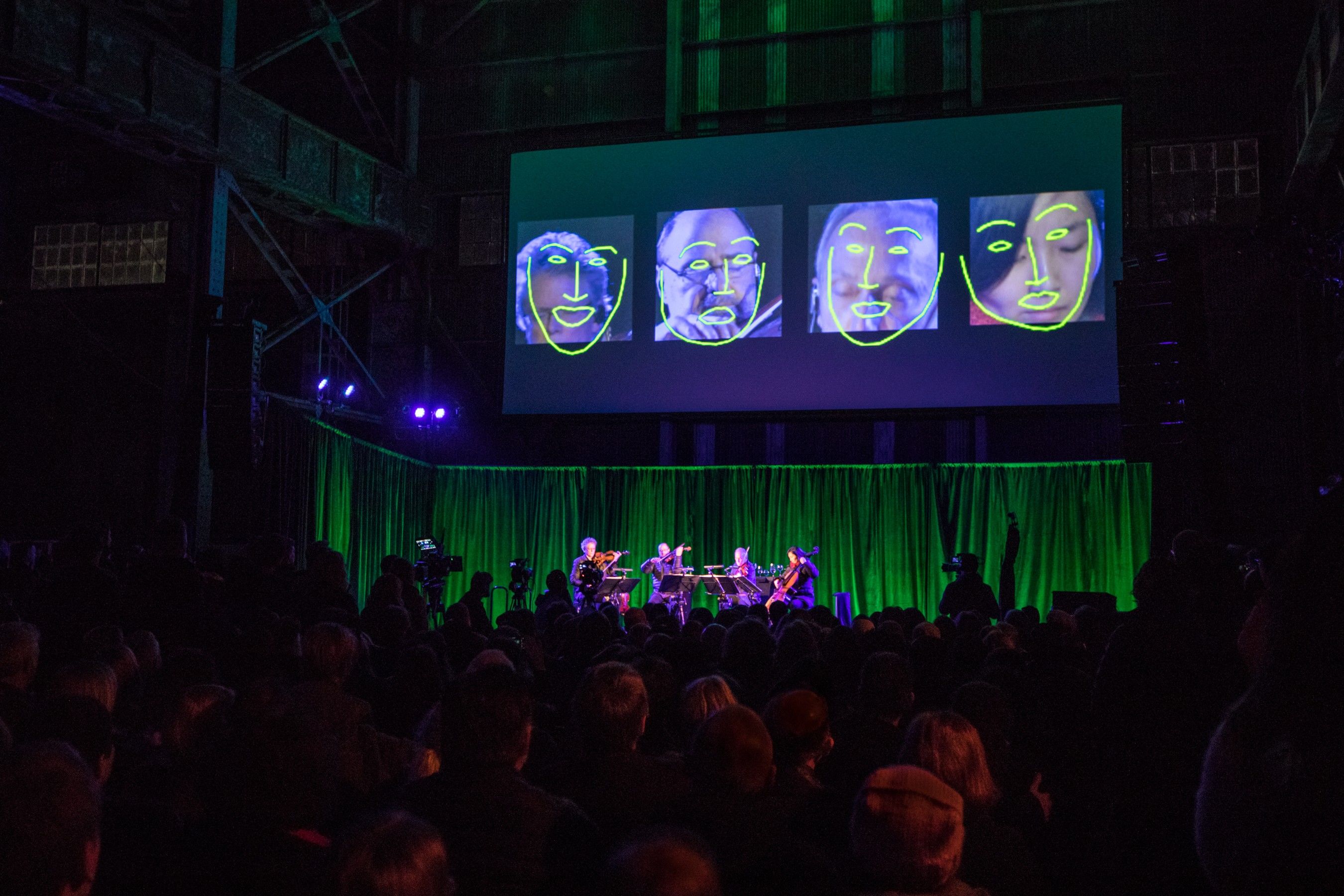

Certain regions of the brain take input from two or more senses and then combine them in a single sensory channel to sharpen the information overall. These illusions provide evidence of a powerful strategy our brains use to cope with the uncertain signals we get from our senses. If Shams delivered a flash with a pair of beeps, participants were more likely to say they also saw two flashes. University of California, Los Angeles, psychologist Ladan Shams has been able to create a McGurk-like illusion by displaying a flash paired with varying numbers of corresponding beeps. Today a new generation of scientists is discovering just how powerful the McGurk Effect really is. (If you don’t know about the McGurk Effect, you may want to experience it via this very impressive video.) When they opened their eyes, it became da again. If they closed their eyes, they heard the correct ba.
#National geographic mind meld movie#
Many people who watched the movie were sure that the speakers were actually saying da, a different syllable entirely. The new audio and video were perfectly in sync. Then he had a new audio track laid over the film so that ga was replaced with the sound ba. In the 1970s he filmed people repeatedly making the sound ga. One of the most famous such illusions is known as the McGurk Effect, named for its discoverer, Harry McGurk, a developmental psychologist at the University of Surrey in England. And out of that rule-breaking came some intriguing illusions. Only after each system had produced a sophisticated representation of the world did the brain combine their perceptions into one experience of reality, like a film editor adding a soundtrack to a movie.īut later scientists began to discover that the brain sometimes broke these rules. Separate systems of neurons handled information from different senses.

The implications seemed straightforward enough. They identified regions of the brain that became active when people saw things, other regions that became active when they heard sounds, and so on through the list of senses. Neuroscientists have come a long way since the mid-1900s, when they launched their first efforts to map out the brain’s sensory pathways. Because the techniques our brains use to meld the senses are far from perfect, it turns out, we can fall prey to a variety of illusions-and to maddening confusion when Netflix delivers audio and video out of sync. Thanks to Netflix, I was confronted with one of the most crucial tricks that the human brain uses to make sense of the world: combining input from all five senses into a single, coherent experience, updated many times a second in virtually real time. I just couldn’t meld the two streams of information in my head. I would watch the characters speak, and then I’d switch to listening to them, and then I’d watch them speak again. It was only when people talked that I went batty. I didn’t care that the show’s trademark duh-dung! sound marking a new scene was still duh-dung-ing after the scene started. I didn’t care that the ominous soundtrack rose half a second late when Vincent D’Onofrio and Kathryn Erbe crept into the subway tunnel where they were about to find a body. Soon my irritation turned to puzzlement, and some self-observation allowed me to track my frustration to a precise source. While I was catching an old episode of Law & Order: Criminal Intent, the actors’ voices lagged a fraction of a second behind the movement of their mouths, making me so disoriented it completely ruined the show. I don’t usually stream Netflix onto my television to probe the inner workings of my mind, but it had that effect not long ago.


 0 kommentar(er)
0 kommentar(er)
